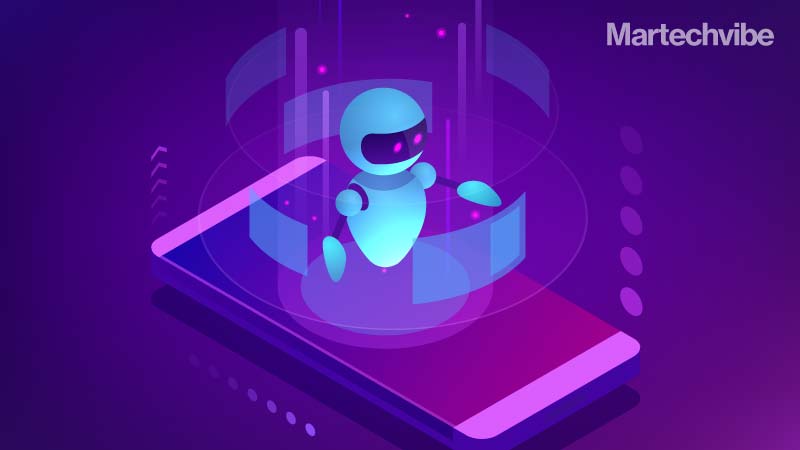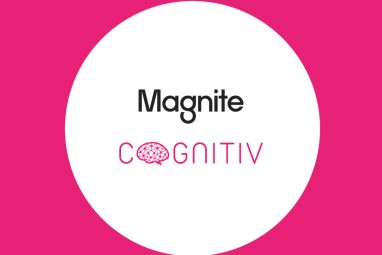SAS AI-powered Chatbot Boosts Fraud Victim Support
SAS, the global analytics leader, has partnered with the Identity Theft Resource Center (ITRC) to develop a customised virtual assistant to help fraud victims. The virtual assistant is built with SAS® Viya®. “With advances in conversational AI, chatbots and digital assistants have become mainstream and are being applied across many industries like financial services, retail […]
Topics
What to Read Next
- TripleLift Announces Partnership with Attain to Unify Context and Commerce
- Seedtag Partners with IRIS.TV to Expand Contextual Signals for CTV Targeting
- Magnite, Cognitiv Announce Deep Learning Integration for Real-Time Curation
- Dscout Announces Integration with HeyMarvin
- Comscore Launches Program-Level Capabilities within CCM

SAS, the global analytics leader, has partnered with the Identity Theft Resource Center (ITRC) to develop a customised virtual assistant to help fraud victims. The virtual assistant is built with SAS® Viya®.
“With advances in conversational AI, chatbots and digital assistants have become mainstream and are being applied across many industries like financial services, retail and healthcare,” said Saurabh Gupta, Senior Director of Data and Analytics at SAS. “Chatbots powered by SAS offer another way to interact with the entire SAS Viya ecosystem, bringing together reporting and visualisation, analytics and AI through a no-code, conversational interface to everyone.”
Pandemic-fueled identity crimes tax resources
Demand for live-chat victim support has grown steadily since the ITRC initiated the service in 2014, but 2020 was a year unlike any other.
“We saw record-breaking levels of fraud and identity theft in the wake of the pandemic, which suddenly hit everywhere, all at once,” said ITRC CEO Eva Velasquez. “Last year we served more than 11,000 people through our contact centre alone, and our website saw 1.1 million unique visitors. That’s an astounding number of people seeking help – and it requires tremendous workforce effort.
“The idea isn’t to supplant our live advisors but to support and augment them to improve the victim experience. How can we serve more people in real-time? And how can we more quickly deliver the information they need and get them on the road to recovery?”
Enter ViViAN, short for Virtual Victim Assistance Network. The ITRC’s new chatbot – or virtual identity theft assistant, as the ITRC prefers.
Also Read: Can Blockchain Reduce Ad Fraud?
Conversational AI creates humanlike interactions
Chatbots enable humans to interact with machines using natural language processing (NLP) and instantly get a human-like, intelligent response tailored to the user. Using linguistic rules, machine learning and deep learning, chatbots can interpret complexities in language and improve the conversation between human and machine.
These conversational AI – or chatbot – capabilities are embodied in SAS Conversation Designer on the powerful, cloud-native SAS Viya platform. The software delivers the ability to build and configure humanlike conversational experiences and harness data insights for better business decisions.
- Natural language understanding to help decipher what a user types.
- Conversation flow to define what is done with that knowledge.
- Natural language generation to craft an appropriate response.
“Unstructured text data holds a wealth of insights about your business and your customers, both in terms of opportunities and potential risks,” said Gupta. “Using conversational AI and NLP to harness insights from this data can improve business decisions and build relationships with customers in an increasingly virtual business climate. In ITRC’s case, that means extending a virtual lifeline to more identity-crime victims.”









































































































